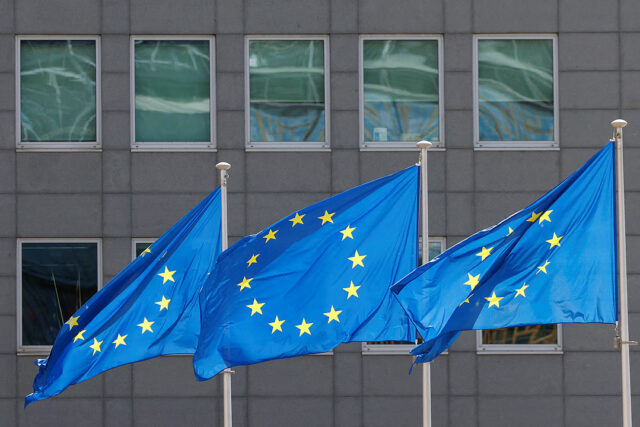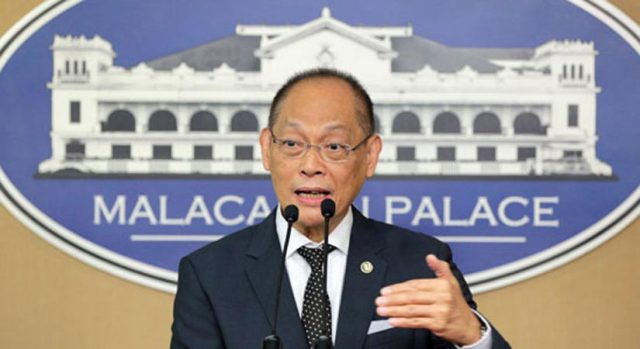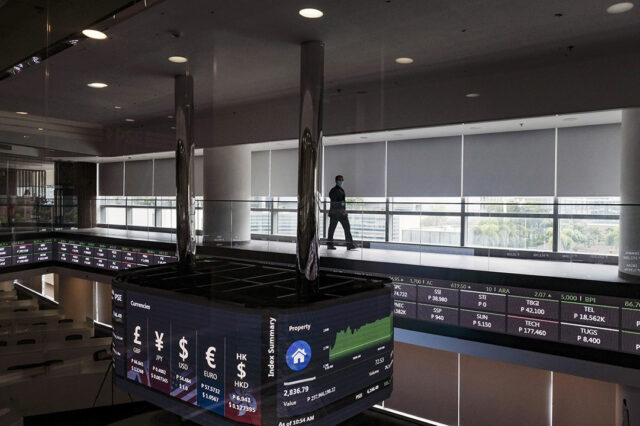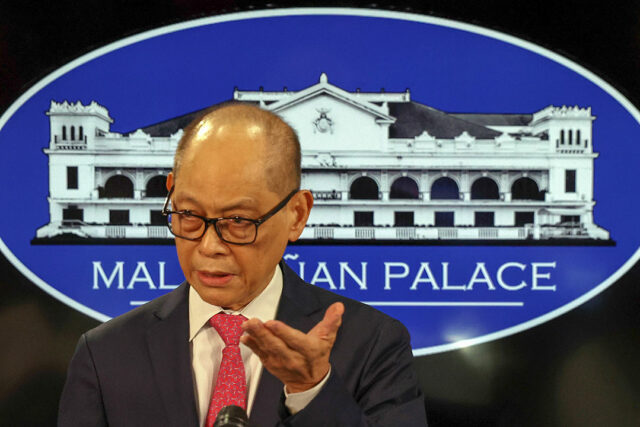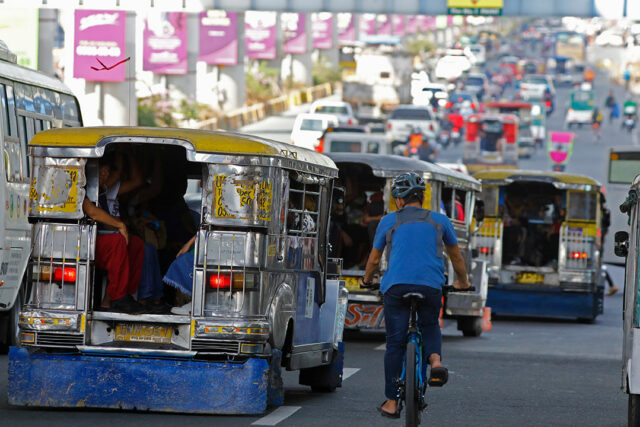Sex trafficking plagues Filipino city where typhoon wrought havoc
TACLOBAN, Philippines – Social worker Carmela Bastes had dedicated years of her career to helping catch sex traffickers and supporting their victims in the Filipino city of Tacloban. Then, a decade ago, Typhoon Haiyan struck.
Haiyan, which killed more than 6,000 people and displaced millions in the Philippines, triggered a humanitarian crisis that provided fertile ground for traffickers in the hard-hit Eastern Visayas region.
Besides making more women and girls vulnerable to sexual exploitation, the 2013 typhoon – known in the Philippines as Super Typhoon Yolanda – wreaked havoc for law enforcement efforts against the traffickers.
“When Yolanda struck, court documents were washed away,” said Bastes, adding that due to the loss of paperwork and court delays it had taken 13 years to secure a conviction in one case she had worked on.
She said the city was still feeling the typhoon’s effects today, despite several initiatives by the local government to tackle sex trafficking.
In the city’s downtown areas, street prostitution has become “rampant”, she said, with traffickers offering women and girls for sex in brochures circulated in chat apps or in Facebook groups.
Even before the typhoon hit, Eastern Visayas was known as a source of trafficked women and children due to high rates of poverty in the region, the International Organization for Migration (IOM) said at the time.
Between 2013 and 2015, there were 670 reported cases of trafficking in persons in the regions affected by Typhoon Haiyan, including Tacloban, according to the United Nations Office on Drugs and Crime (UNODC).
It did not provide figures for the same period before the storm, or for more recent years. Regional police do not compile trafficking statistics and a national police spokesperson did not respond to a request for comment.
FOREIGN AID DRIES UP
Often from poor families in coastal towns, trafficking victims are promised free education, lodging, and jobs – only to be forced to work in brothels in the city or other provinces, such as Manila and Pampanga.
Rica, 18, who was raised by her aunt, was sold by her boyfriend to multiple men for sex through online bookings three years ago in exchange for a few hundred pesos and food.
“There was no more hope left for me,” she told the Thomson Reuters Foundation, sitting alongside other residents at a shelter for women and girls operated by the city government, which last year declared Tacloban an “anti-trafficking city”.
Here, social worker Jerimae Coringcoting and shelter director Maria Madelyn Ebin said admissions were growing, meaning additional expenses for the shelter.
In the aftermath of Haiyan, foreign aid groups gave money to the shelter, but the funding has long since dried up, and Ebin said it was a struggle to meet the residents’ basic needs with the annual budget it receives from the city.
“Some of our clients take medicines for psychological conditions. Those medicines alone deplete our budget,” Mr. Coringcoting said.
A lack of funding has also hit efforts in Tacloban to catch the traffickers.
“As much as we want to solve trafficking, we lack the budget, training and support to sustain our efforts,” said Jeferson Pabunan, chairperson of the Youth in Action Against Trafficking in Tacloban, a civil society group that helps police monitor trafficking cases in poor villages outside the city.
GROWING ONLINE THREAT
In Tacloban and elsewhere in the Philippines, the trafficking of children for online sexual exploitation is a growing threat, social workers said.
A study released in September by the International Justice Mission – an anti-trafficking non-governmental organization – found that nearly half a million children, or 1 in every 100 Filipino children, were trafficked to produce new child sexual exploitation materials in 2022 alone.
Bastes said city police receive tips about online sexual abuse from Interpol, but she fears many cases go unreported.
Community-led efforts could help solve this hidden form of trafficking, said Margarita Magsaysay of the Department of Justice’s Inter-agency Council Against Trafficking, who leads the national centre against online sexual abuse of children.
She said the government was working to strengthen referral pathways and reporting mechanisms for victims.
“But that doesn’t even touch the roots of online sexual abuse of children,” she said. “For the perpetrators, it’s easy money … we must remind them that there are penalties under the law.”
Even if victims can be convinced to come forward, bringing traffickers to justice can be difficult, social workers said.
With congested courts and only one hospital authorised in the Eastern Visayas region to conduct medical checks on sexual abuse victims – a requirement in Philippine law, convictions can take years, said Coringcoting.
At the shelter, tucked next to a public school in Tacloban’s busy bayside boulevard, social workers like her have to juggle the legal cases of about 20 victims at a time. Their job includes liaising between police and victims, and appearing alongside them in court.
Despite its budget shortages, the shelter remains a lifeline for the 24 women and girls who live there.
“In the shelter, I learned the term ‘human rights’,” said Ella, 21, a sexual abuse victim who lives in the shelter with her three young sisters.
“That we are not just girls. We are women who should stand up to our abusers,” she said. – Reuters


